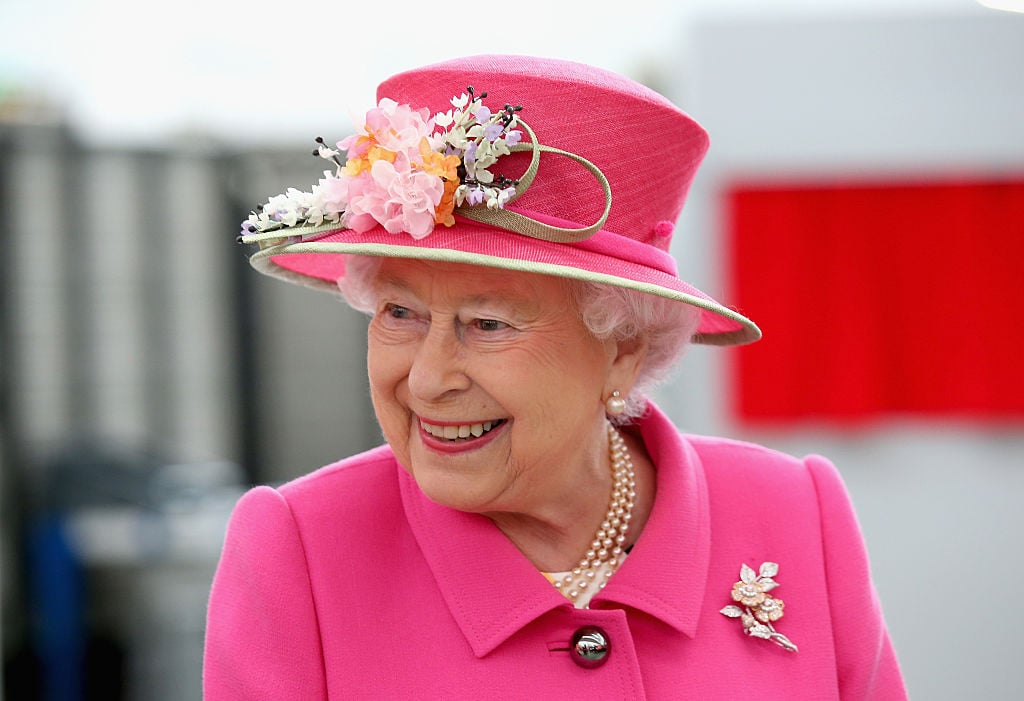What Does Queen Elizabeth’s Private Secretary Do?
It takes a lot to run Queen Elizabeth’s royal household. Her Majesty relies on a collection of individuals who hold offices in her household, which is split into five different departments. But at the top of Queen Elizabeth’s royal household is the Private Secretary. Here is a look at the Private Secretary and what they do for the monarchy.

A brief history of the royal family’s Private Secretary
The very first Private Secretary in the royal family was Colonel Herbert Taylor, who took the office in 1805. The position, however, was not made official until 1867 — and it wasn’t easy getting it passed.
Upon its creation, several Ministers opposed the creation of the office because it had significant sway over the ruling monarch. That opposition was ultimately put aside because the Ministers realized that the Sovereign needed support.
Over the course of her 68-year reign, Queen Elizabeth has had a total of 9 different Private Secretaries. Captain Sir Alan Lascelles was her first Private Secretary and also served her father, King George VI.
The longest person to hold the office for Queen Elizabeth was Lieutenant-Colonel Sir Michael Adeane, who was Queen Elizabeth’s Private Secretary for nearly 20 years. Sir Edward Young is the current Private Secretary.
What are the duties of Queen Elizabeth’s Private Secretary?
The primary duty of the Private Secretary is to assist Her Majesty in fulfilling her duties. This includes running Queen Elizabeth’s royal household and organizing her various engagements throughout the year.
According to Royal, the Private Secretary serves as the line of communication between government officials and Queen Elizabeth. This person also works with the Armed Forces, members of the church, and any organization that considers Her Majesty a patron.
Lastly, the Private Secretary handles all of Her Majesty’s official correspondence. This includes letters from royal watchers, the court circular, private papers, the Press Office, the Royal Archives, and the royal family’s online presence.
Although the Private Secretary holds a lot of power within Queen Elizabeth’s household, there are other divisions in her house that have their own leaders. This includes the Press Office, the Queen’s Archives, and the Defense Services Secretary.
Who makes up the royal household?
The royals employ a diverse group of people to run Queen Elizabeth’s royal household. This ranges from experts in IT and finance to chefs, curators, and engineers.
All of the employees in the royal household work in support of Her Majesty and each one of them plays an important role in keeping the monarchy running smoothly.
Overall, there are five departments in the royal household: The Private Secretary’s Office, The Privy Purse and Treasurer’s Office, The Master of the Household’s Department, The Lord Chamberlain’s Office, and the Royal Collection Trust.
Members of the royal household are stationed throughout Queen Elizabeth’s various estates, including Buckingham Palace, St. James’s Palace, Windsor Castle, and the Palace of Holyroodhouse (which is in Edinburgh).
Queen Elizabeth pays this person the most
There are over 1,000 employees that work in the royal household. Although the Private Secretary has one of the most important jobs out of them all, there is another position that has a higher salary.
According to Reader’s Digest, the Keeper of the Privy Purse, Sir Alan Reid, makes the most in the royal household. Back in 2012, Reid took home over $237,000. The next highest-paid employee is the Private Secretary, who made $192,000 that same year.
The royals have faced some backlash over how they pay their employees. Most of the criticism was aimed at how most of the employee salaries are small compared to the heads of the various departments.
The Keeper of the Privy Purse is a treasurer who oversees all of the royal family’s finances. This includes all of the money the crown receives from the public, which in 2016 amounted to $48 million. Most of this money goes towards Queen Elizabeth’s yearly expenses.



